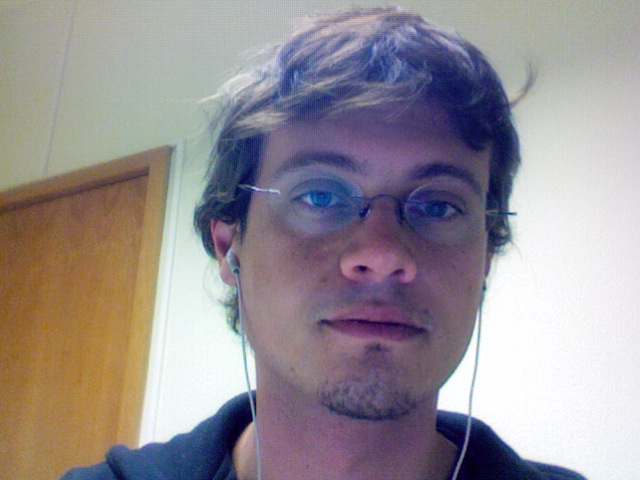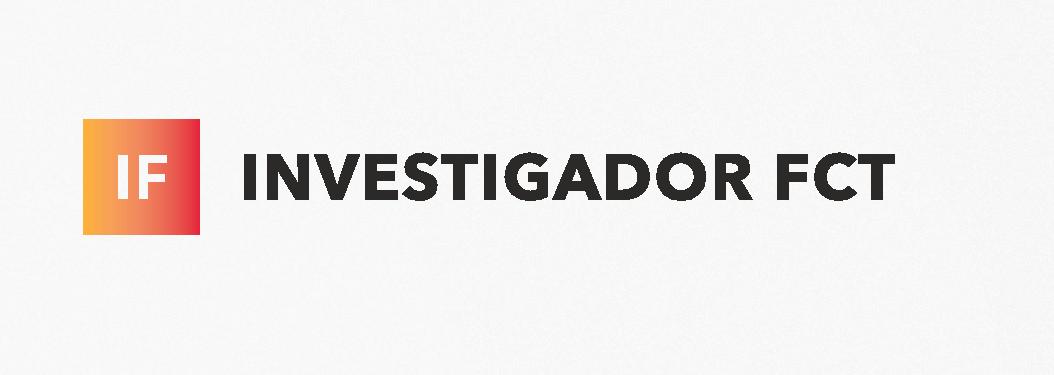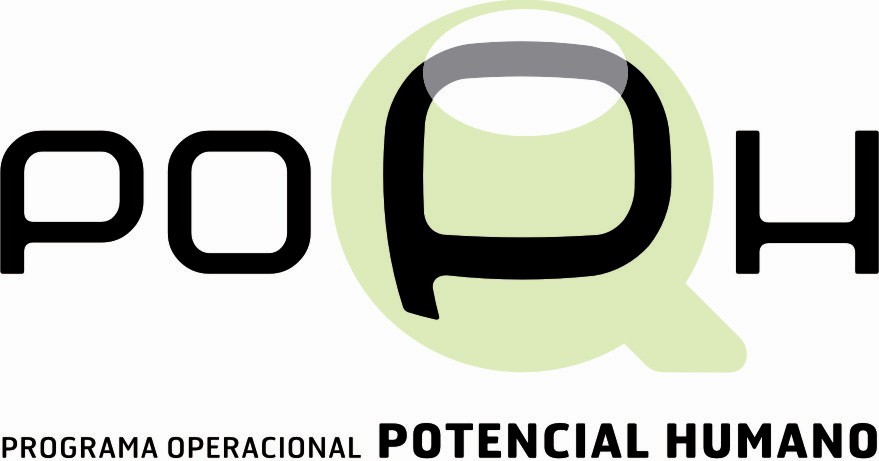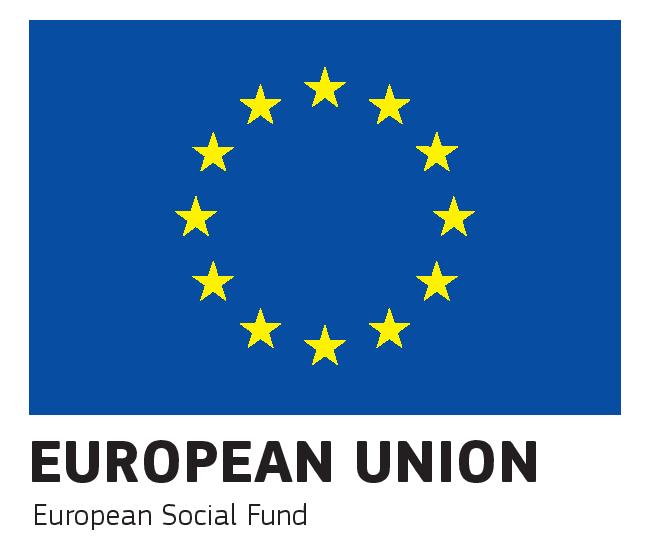List of Publications
Equivalent data at SPIRES, and at arXiv. Full citation data at SPIRES.
[26] — Quivers, line defects and framed BPS invariants
M. Cirafici
e-Print: arXiv:1703.06449 [hep-th]
Link to inSPIRE and
link to arXiv.
[25] — Discrete integrable systems, supersymmetric quantum mechanics and framed BPS states - I
M. Cirafici and M. Del Zotto
e-Print: arXiv:1703.04786 [hep-th]
Link to inSPIRE and
link to arXiv.
[24] — Persistent homology and string vacua.
M. Cirafici
e-Print: arXiv:1512.01170 [hep-th]
Link to inSPIRE and
link to arXiv.
[23] — BPS spectra, barcodes and walls.
M. Cirafici
e-Print: arXiv:1511.01421 [hep-th]
Link to inSPIRE and
link to arXiv.
[22] — Indefinite theta functions for counting attractor backgrounds.
G.L. Cardoso, M. Cirafici and S. Nampuri
Published in JHEP 1410 (2014) 17
e-Print: arXiv:1407.0197 [hep-th]
Link to SPIRES and
link to arXiv.
[21] — Indefinite theta functions and black hole partition functions.
G.L. Cardoso, M. Cirafici, R. Jorge and S. Nampuri
Published in JHEP 1402 (2014) 019
e-Print: arXiv:1309.4428 [hep-th]
Link to SPIRES and link to arXiv.
[20] — Line defects and (framed) BPS quivers.
Michele Cirafici
Published in JHEP 1311 (2013) 141
e-Print: arXiv:1307.7134 [hep-th]
Link to SPIRES and link to arXiv.
[19] — Defects in cohomological gauge theory and Donaldson-Thomas invariants.
Michele Cirafici
Published in Adv.Theor.Math.Phys. 20 (2016) 945-1006
e-Print: arXiv:1302.7297 [hep-th]
Link to SPIRES and link to arXiv.
[18] — Curve counting, instantons and McKay correspondences.
Michele Cirafici, Richard J. Szabo
Published in J.Geom.Phys. 72 (2013) 54-109
e-Print: arXiv:1209.1486 [hep-th]
Link to SPIRES and link to arXiv.
[17] — Instanton counting and wall-crossing for orbifold quivers.
Michele Cirafici, Annamaria Sinkovics, Richard J. Szabo
Published in Annales Henri Poincare 14 (2013) 1001-1041
e-Print: arXiv:1108.3922 [hep-th]
Link to SPIRES and link to arXiv.
[16] — Instantons, Quivers and Noncommutative Donaldson-Thomas theory.
Michele Cirafici, Annamaria Sinkovics, Richard J. Szabo
Published in Nucl. Phys. B853 (2011) 508-605
e-Print: arXiv:1012.2725 [hep-th]
Link to SPIRES and link to arXiv.
[15] — Crystal Melting on Toric Surfaces
Michele Cirafici, Amir-Kian Kashani-Poor, Richard J. Szabo
Published in J. Geom. Phys. 61 (2011) 2199-2218
e-Print: arXiv:0912.0737 [hep-th]
Link to SPIRES and link to arXiv.
[14] — Instantons and Donaldson--Thomas Invariants
Michele Cirafici, Annamaria Sinkovics, Richard J. Szabo
Published in Fortsch.Phys.56:849-855,2008
e-Print: arXiv:0804.1087 [hep-th]
Link to SPIRES and link to arXiv.
[13] — Cohomological gauge theory, quiver matrix models and Donaldson-Thomas theory.
Michele Cirafici, Annamaria Sinkovics, Richard J. Szabo
Published in Nucl.Phys.B809:452-518,2009.
e-Print: arXiv:0803.4188 [hep-th]
Link to SPIRES and link to arXiv.
[12] — Topological Strings, Two-Dimensional Yang-Mills Theory and Chern-Simons Theory on Torus Bundles.
Nicola Caporaso, Michele Cirafici, Luca Griguolo, Sara Pasquetti, Domenico Seminara, Richard J. Szabo
Published in Adv.Theor.Math.Phys.12:981-1058,2008
e-Print: arXiv:hep-th/0609129 [hep-th]
Link to SPIRES and link to arXiv.
[11] — ZZ-branes from a spacetime perspective.
Michele Cirafici
Published in Fortsch.Phys.54:343-350,2006
Link to SPIRES.
[10] — Black-holes, topological strings and large N phase transitions.
Nicola Caporaso, Michele Cirafici, Luca Griguolo, Sara Pasquetti, Domenico Seminara, Richard J. Szabo
Published in J.Phys.Conf.Ser.33:13-25,2006.
e-Print: arXiv:hep-th/0512213 [hep-th]
Link to SPIRES and link to arXiv.
[9] — Topological strings and large N phase transitions. II. Chiral expansion of q-deformed Yang-Mills theory.
Nicola Caporaso, Michele Cirafici, Luca Griguolo, Sara Pasquetti, Domenico Seminara, Richard J. Szabo
Published in JHEP 0601:036,2006.
e-Print: arXiv:hep-th/0511043 [hep-th]
Link to SPIRES and link to arXiv.
[8] — Topological strings and large N phase transitions. I. Nonchiral expansion of q-deformed Yang-Mills theory.
Nicola Caporaso, Michele Cirafici, Luca Griguolo, Sara Pasquetti, Domenico Seminara, Richard J. Szabo
Published in JHEP 0601:035,2006.
e-Print: arXiv:hep-th/0509041 [hep-th]
Link to SPIRES and link to arXiv.
[7] — Morita duality and noncommutative Wilson loops in two dimensions.
Michele Cirafici, Luca Griguolo, Domenico Seminara, Richard J. Szabo
Published in JHEP 0510:030,2005.
e-Print: arXiv:hep-th/0506016 [hep-th]
Link to SPIRES and link to arXiv.
[6] — Spacetime properties of ZZ D-branes.
Michele Cirafici, Justin R. David, Edi Gava, K.S. Narain
Published in JHEP 0507:036,2005.
e-Print: arXiv:hep-th/0504042 [hep-th]
Link to SPIRES and link to arXiv.
[5] — Gravitational F terms of SO / Sp gauge theories and anomalies.
Luis F. Alday, Michele Cirafici
Published in JHEP 0309:031,2003.
e-Print: arXiv:hep-th/0306299 [hep-th]
Link to SPIRES and link to arXiv.
[4] — Gravitational F terms through anomaly equations and deformed chiral rings.
Luis F. Alday, Michele Cirafici, Justin R. David, Edi Gava, K.S. Narain
Published in JHEP 0401:001,2004.
e-Print: arXiv:hep-th/0305217 [hep-th]
Link to SPIRES and link to arXiv.
[3] — Effective superpotentials via Konishi anomaly.
Luis F. Alday, Michele Cirafici
Published in JHEP 0305:041,2003.
e-Print: arXiv:hep-th/0304119 [hep-th]
Link to SPIRES and link to arXiv.
[2] — An Example of localized D-branes solution on PP wave backgrounds.
Luis F. Alday, Michele Cirafici
Published in JHEP 0305:006,2003.
e-Print: arXiv:hep-th/0301253 [hep-th]
Link to SPIRES and link to arXiv.
[1] — Matrix models of noncommutative (2d+1) lattice gauge theories.
Federica Bazzocchi, Michele Cirafici,Carlo Maccaferri,Stefano Profumo
Published in Int.J.Mod.Phys.A19:4287-4300,2004.
e-Print: arXiv:hep-th/0211060 [hep-th]
Link to SPIRES and link to arXiv.
Persistent Homology and String Theory
Persistent homology is a relatively new approach to topology which studies which homological features of a topological space persist over a long range of scales. The idea behind persistence is to construct a family of simplicial complexes parametrized by a “proximity parameter” and study its homology at various length scales as a function of the proximity parameter. This idea is at the basis of topological data analysis, a field whose aim is to study the topological features of a dataset. Recently I have started to apply these ideas to string theory and quantum field theory.
For instance when trying to connect string theory to the real world one is faced with the selection of a compactification variety. This entails a correspondence between certain classes of varieties, possibly equipped with some additional data, and four dimensional physical theories. The choice of a compactification variety is sometimes referred to as the vacuum selection problem. I have developed an approach to these problems using persistent homology. The topological analysis can be used to study the physical significance of a distribution of string vacua, by determining if certain physical properties correspond to distinctive topological features. For example one can introduce a notion of topological complexity for a distribution of string vacua, as measured by the presence of non-trivial persistent homology classes in higher degrees. Currently I am attempting to use this perspective to revisit the landscape of flux vacua.
A different problem is the study of BPS invariants of Calabi-Yau varieties. In physics Donaldson-Thomas invariants or Gopakumar-Vafa invariants play a very important role in the microscopic study of black holes, giving a mathematical foundation to the claims that string theory is a theory of quantum gravity. I am interested in understanding the topological properties of the distributions of BPS invariants in many physical situations.
I am currently investigating the applications of quantitative measures in persistent homology to the string landscape. On the more formal side, I am also study persistent homology in the context of certain generalization of Morse theory which appear in physics.
The ancillary files for the paper "BPS spectra, barcodes and walls" can be found here . The ancillary files for the paper "Persistent homology and string vacua" are here .
Cluster algebras, quivers and BPS states
Quantum field theories with N = 2 supersymmetry exhibit a very rich set of nonperturbative phenomena of great interests to physicists. These theories are at the crossroads of many topice in physical mathematics: Hitchin moduli spaces, quivers, cluster algebras and Donaldson-Thomas invariants. The latter are mathematical objects which model the physical BPS states. In particular as the physical parameters of the theory are varied they undergo wall-crossing phenomena. We can understand a great deal about these invariants using quiver representation theory.
A quiver Q is an oriented graph, made of nodes and arrows, and a representation is the assignment of a vector space to each node as well as morphisms between the vector spaces for each arrow. These morphisms have to obey certain constraints specified by a superpotential W. Invariance of the physics under supersymmetry implies that one has to impose a stability condition to select the relevant representations. This approach provides an algebraic solution to the problem of studying BPS states in the physical theory.
Recently I have generalized this formalism to incorporate certain physical quantities, known as line operators. A line operator consists in a specific modification of the quantum field theory, obtained by imposing certain conditions on the fields. They are of great importance in physics, where they are used to classify the phases of gauge theories. I have shown that line operators can be studied by considering certain quivers. In doing so I have discovered a surprising connection between supersymmetric field theories and cluster algebras. Cluster algebras can be thought of as discrete integrable systems defined by recursive relations, the cluster transformations. Using the relation between cluster algebras and quivers, as discovered by Fomin and Zelevinsky, and Fock and Goncharov, I have shown that line operators can be organized in families. Elements of each family are generated by applying cluster transformations on an “elementary" line operator. In particular Wilson lines act as constants of motions of the associated discrete integrable system. Line defects pose a new enumerative problem, the study of framed BPS states, BPS particles bound to the defect. These BPS invariants are of Donaldson-Thomas type and can be studied directly using techniques of localization on the moduli spaces of quiver representations.
I am currently generalizing this perspective to other kind of defects/interfaces. Read more here, here and here.
DT theory and Defects
Donaldson-Thomas theory associates various enumerative problems to certain moduli spaces of interest in string theory and quantum field theory. These enumerative problems are widely believed to capture quantities of physical interests. In particular the wall-crossing behavior of the (generalized) Donaldson-Thomas invariants models precisely the behavior of the so-called BPS states as they decay or form bound states as the physical parameters are varied.
For many years I have studied this problem form the perspecive of a certain topological gauge theory. When this topological theory is defined on a toric Calabi-Yau, its partition function and therefore the enumerative invariants can be evaluated explicitly using equivariant localization. The relevant moduli space is the moduli space of coherent sheaves on the Calaby-Yau threefold and the topological gauge theory partition function localizes onto ideal sheaves supported on toric invariant points, connected by toric invariant instantons fibered on rational curves and divisors. In many cases, the problem admits and explicit combinatorial solution. The same formalism generalizes to the case of toric orbifolds. In this case the appropriate moduli spaces are moduli spaces of quiver representations and the relevant setting the one of noncommutative algebraic geometry.
Recently I have started to investigate how these structures are modified by the presence of defects. In physics one can modify a quantum field theory by introducing defect, which amounts to impose certain boundary conditions on the fields. The idea behind this project is to use these physical facts to study moduli spaces of mathematical interest. I have introduced the concept of a divisor defect obtained by specifying certain boundary conditions along a divisor. The relevant moduli space becomes the moduli space of coherent sheaves with a parabolic structure along the divisor. I have conjectured the existence of new enumerative invariants associated with this problem and computed them for a few simple cases.
I am presently trying to understant the physical properties of these defects and the mathematical properties of the enumerative invariants. Read more here.
Black holes and modular forms
I am also trying to understand mathematical aspects of quantum gravity. One of the great successes of string theory is a microscopic explanation of black hole entropy. This is a consequence of the relation between black hole microstates with the enumerative geometry of complex varieties. For example in Calabi-Yau compactifications of string theory, one can construct explicitly quantum microstates from the internal geometry (for example by studying sheaves on holomorphic cycles, or special Lagrangian submanifolds) and count them to reproduce the semiclassical limit in Einstein's gravity. This implies a relation between black holes partition functions and enumerative geometry.
In many cases these partition functions are expected to have modular properties. However, due to the peculiarities of quantum gravity, these sums are over lattices of indefinite signature (the homology lattices of the Calabi-Yau). A possibility is to define these sums using appropriate indefinite theta functions in order to make modularity manifest. Indefinite theta functions where introduced recently by Zwegers, in his study of mock modular forms.
Various
I have many other not-yet-projects.
Among other things I am very interested in the role played by topological quantum field theory in the study of topological phases of matter; and in the mathematics underlying superstring perturbation theory.



